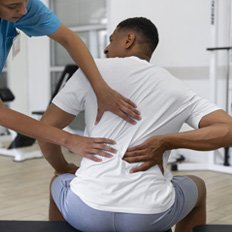
Orthopedic Physiotherapy
Orthopedic physiotherapy, also known as orthopedic physical therapy, is a specialized field that focuses on the assessment, treatment, and management of musculoskeletal conditions. This branch of physiotherapy is dedicated to restoring the optimal functioning of the musculoskeletal system, which includes bones, muscles, joints, ligaments, and tendons. Orthopedic physiotherapists are trained to diagnose and treat a wide range of conditions, including fractures, sprains and strains, joint pain, arthritis, back pain, and postural abnormalities.
Orthopedic Physiotherapy: Emphasizing Preventive Measures and Lifestyle Changes
In addition to its curative and rehabilitative aspects, orthopedic physiotherapy places significant emphasis on preventing musculoskeletal issues. Through education, lifestyle recommendations, and exercises that promote proper posture and movement mechanics, orthopedic physiotherapists empower individuals to proactively take care of their musculoskeletal health. This preventive approach can help reduce the risk of developing chronic conditions and injuries in the future.
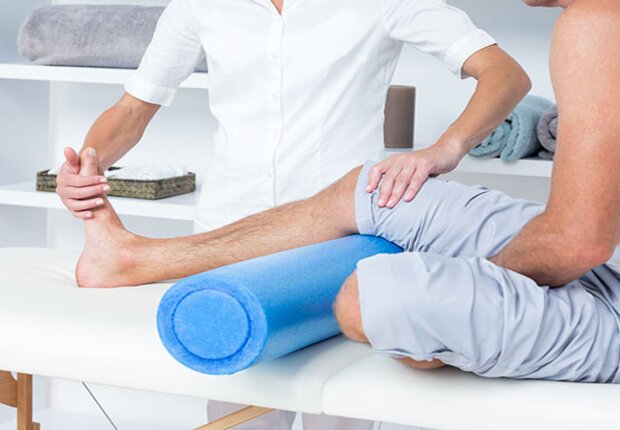
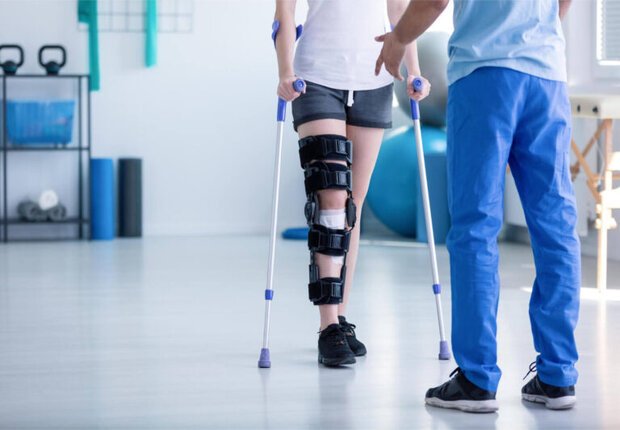
Conditions Treated by Orthopedic Physiotherapy
Orthopedic physiotherapy is employed to treat a wide range of conditions, including but not limited to:

Pediatric Physiotherapy
Pediatric physiotherapists work with children who experience some disruption in their development and their families. Typically pediatric physiotherapists will address motor issues, but their patients may also present with other impairments that affect cognition, language and psychosocial issues. When working with children with physical impairments or disabilities, the overall goal of the pediatric physiotherapist is to promote independence. Physiotherapists aim to help their clients / patients achieve developmentally appropriate functional skills, decrease the impact of an impairment, impart adaptive strategies, and educate the family and caregiver to ensure carryover.
Developmentally, children typically follow a predictable pattern of motor skills attainment, although timelines can vary. Genetic makeup, cultural expectations, caregiver practices, and interactions within the environment all have an impact on how children learn functional skills.
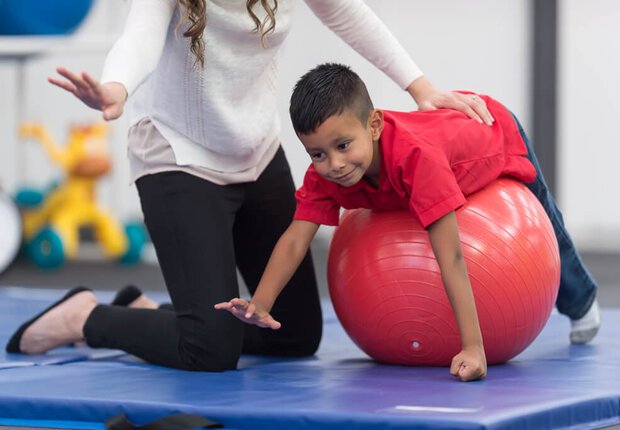
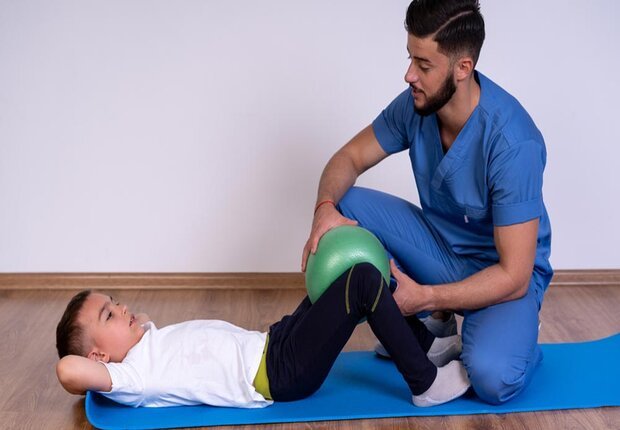
Common Pediatric Impairments
Neurodevelopmental conditions among children are on the rise. These disabilities can be related to congenital or acquired health conditions which result in temporary, permanent or progressive impairments. Depending on the disability, all or different aspects of a child's life can be affected. Some examples of childhood disabilities include:
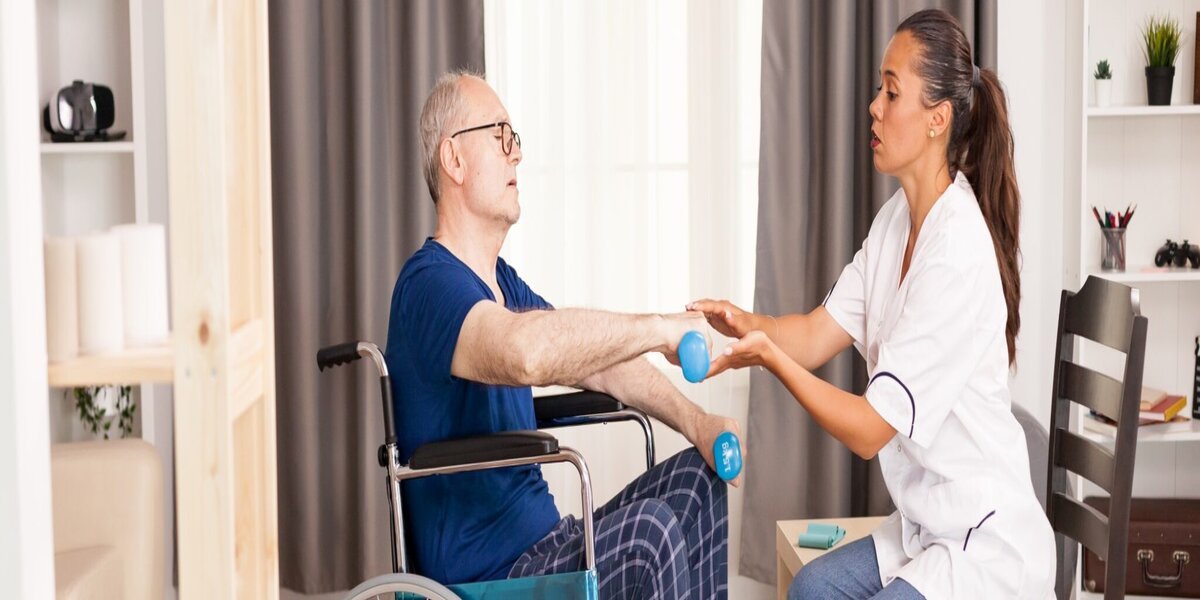
Neurological Physiotherapy
Neurological physiotherapy involves rehabilitation of people with neurological conditions. Neurological conditions are problems with the brain, spinal cord or peripheral nerves. People with neurological conditions may have difficulties with their physical functions including mobility, muscle strength, range of movement and balance. Neurological physiotherapy is a type of rehabilitation offering examination and treatment of the physical problems that are caused by an individual’s neurological condition. Neurological Physiotherapy aims to increase the quality of life of people with neurological conditions through physical means. Every person with a neurological condition presents differently.
What Does A Neurological Physiotherapist Do?
Neurological physiotherapists are trained in the treatment of neurological conditions. They provide interventions which help patients to maintain or regain the maximum possible movement and functional independence. New pathways to movement are developed through exercise and repetition to achieve these goals. Neurological physiotherapists combine numerous neurological physiotherapy principles to deliver optimal benefits to patients. Conductive education and functional rehabilitation, Bobath concept or normal movement, and Brunnstrom approach of synergistic movement are some of the approaches followed.
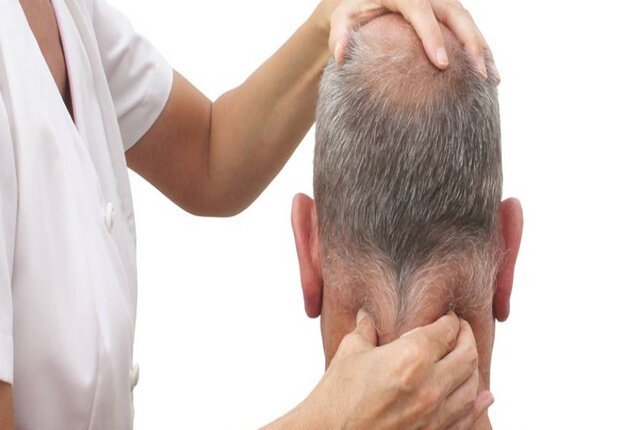
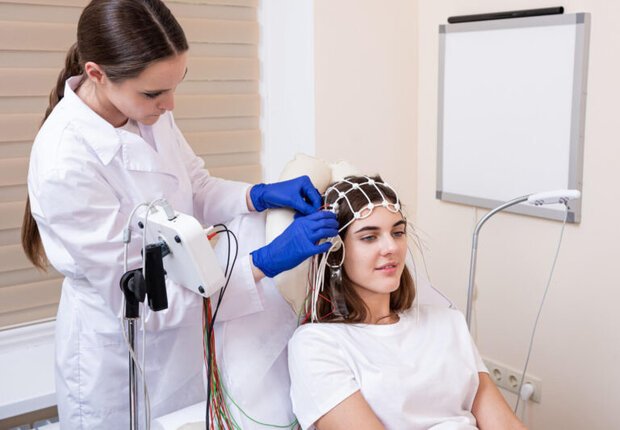
Benefits of Neurological Physiotherapy
Neurological physiotherapy should commence as soon as possible following injury for the best possible recovery. Following injury muscle strength and movement may be affected. Muscles may become weak or tight with spasms. There may also be changes to sensation and difficulties with speech and swallowing. Physiotherapy treatment will help:
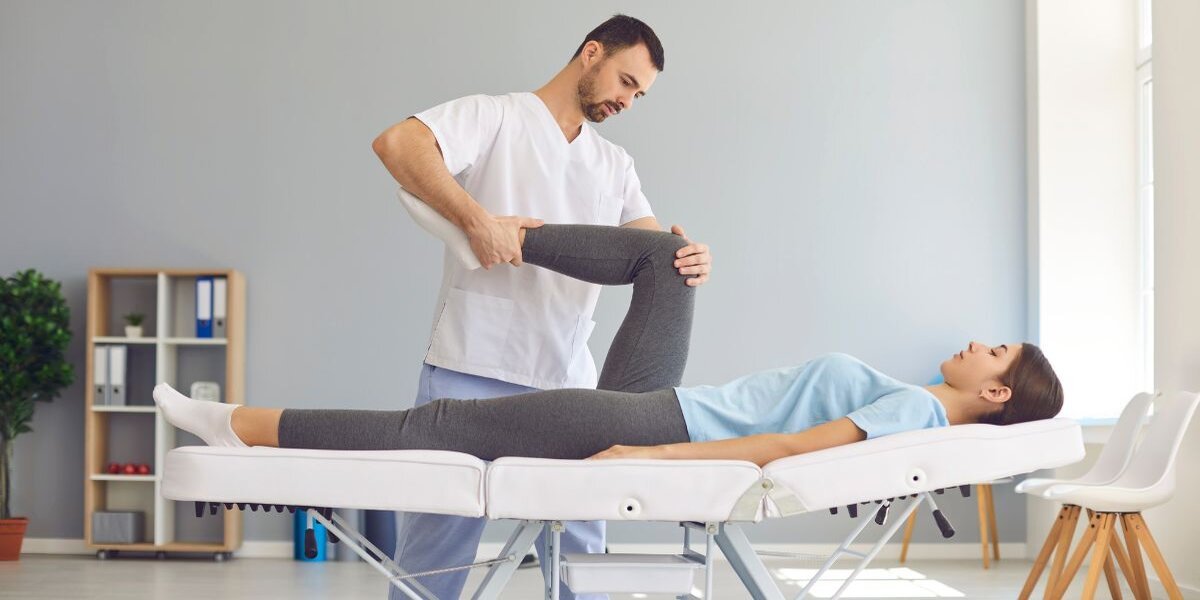
Cardiovascular Physiotherapy
Cardiopulmonary physiotherapy is devoted to helping patients improve cardiovascular health. Cardiovascular Physiotherapists work in all sorts of physiotherapy settings, including hospitals (inpatient), outpatient clinics (hospital based and private), and possibly even home health environments. Cardiovascular physiotherapists play a small, but very important, role in the grand scheme of cardiac rehabilitation. These therapists work collaboratively with other health team members to ensure optimal physical recovery of the Cardiovascular patients.
Cardiovascular rehabilitation can help those who have heart disease, or those at risk, to reduce the risk of future cardiovascular episodes and improve overall health. Cardiovascular therapists, inter professional collaboration is key for success. Cardiac rehab physical therapists also work alongside family members and other professionals.


Goals of Cardiac Rehabilitation
Comprehensive cardiac rehabilitation program should contain specific core components. These components should optimize cardiovascular risk reduction, reduce disability, encourage active and healthy lifestyle changes, and help maintain those healthy habits after rehabilitation is complete. Cardiac rehabilitation programs should focus on:

Sports Physiotherapy
SSporting injuries encompass a wide variety of causes and injury. From the traumatic cause – the rolling of an ankle, twisting of a knee, falling awkwardly during a tackle – to the sudden overload resulting in a muscle tear or tendon strain, or a biomechanical issue resulting in repetition overload in a joint, tendon or ligament. The goal of all sports people is getting over the injury, returning to training/sport and to find out what needs to be done (if possible) to prevent this happening again.
Sports Therapy is more than injury treatment and rehabilitation - it’s about prevention too. We use the principles of sports science to help you plan, prepare and deliver maximum performance when you need it most. Unfortunately people tend to come to us when they’ve already picked up a sports injury. Early diagnosis from your sports therapist is crucial. The longer you leave a problem, the longer it may take us to sort out.
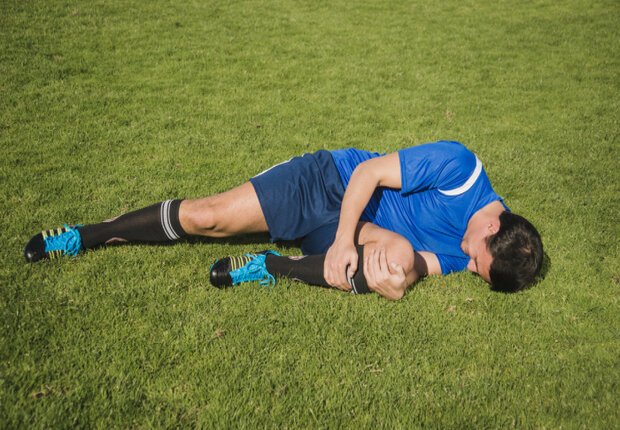
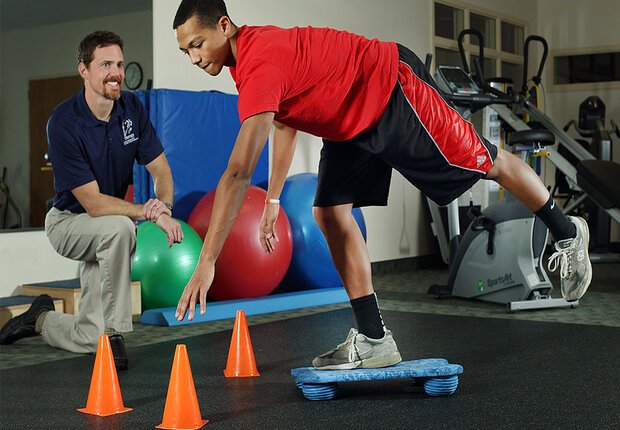
Sporting Injuries
Comprehensive cardiac rehabilitation program should contain specific core components. These components should optimize cardiovascular risk reduction, reduce disability, encourage active and healthy lifestyle changes, and help maintain those healthy habits after rehabilitation is complete. Cardiac rehabilitation programs should focus on:




